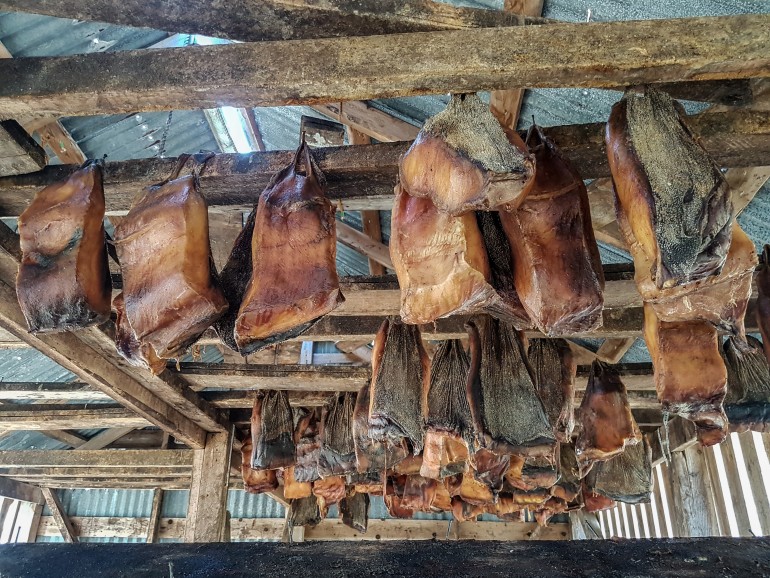Sponsored Listings:
By Becky Mahan, Editor
Hakarl (Iceland)
Translation: fermented basking shark. While a popular dish in Iceland, we’re pretty sure this is a very acquired taste.
Rocky Mountain Oysters (USA)

Translation: baby bull testicles. Peeled, flattened, and deep fried – eat them if you have the balls.
Kopi Luwak (SE Asia)
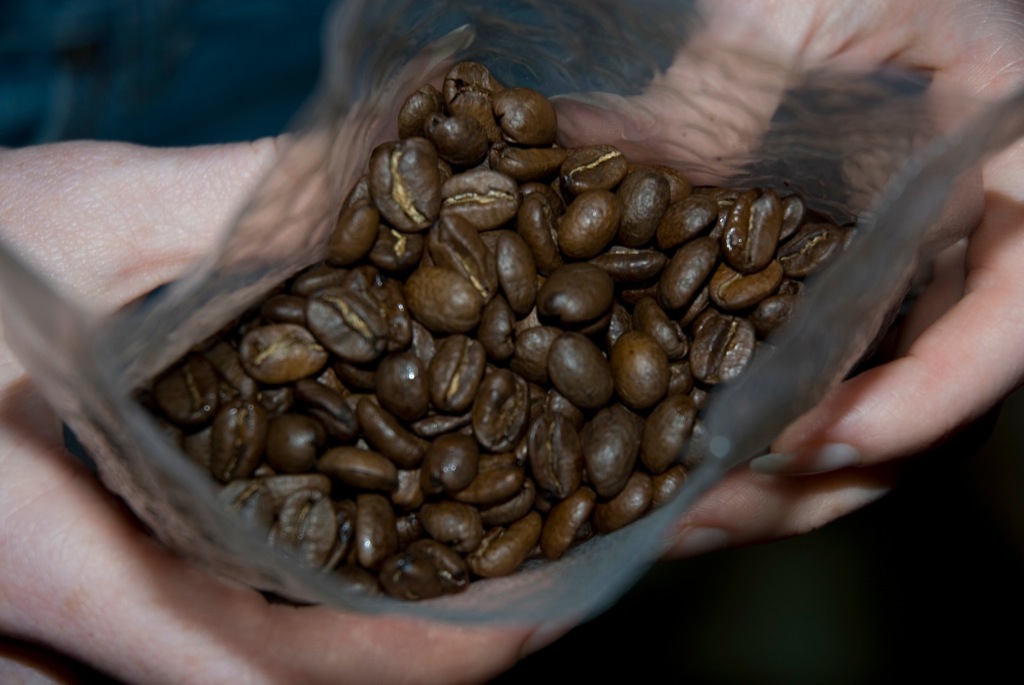
Translation: Poop coffee. Okay, not literally, but this extraordinarily expensive variety of coffee is made from berry beans left behind by small mammals that live in Southeast Asia. And by left behind, you know what we mean. Poop. It’s poop.
Stinkbugs (Indonesia)

They’re a popular snack in Indonesia, and apparently taste like bitter raw sunflower seeds. We’ll take their word for it.
Tuna Eyeball (Japan)
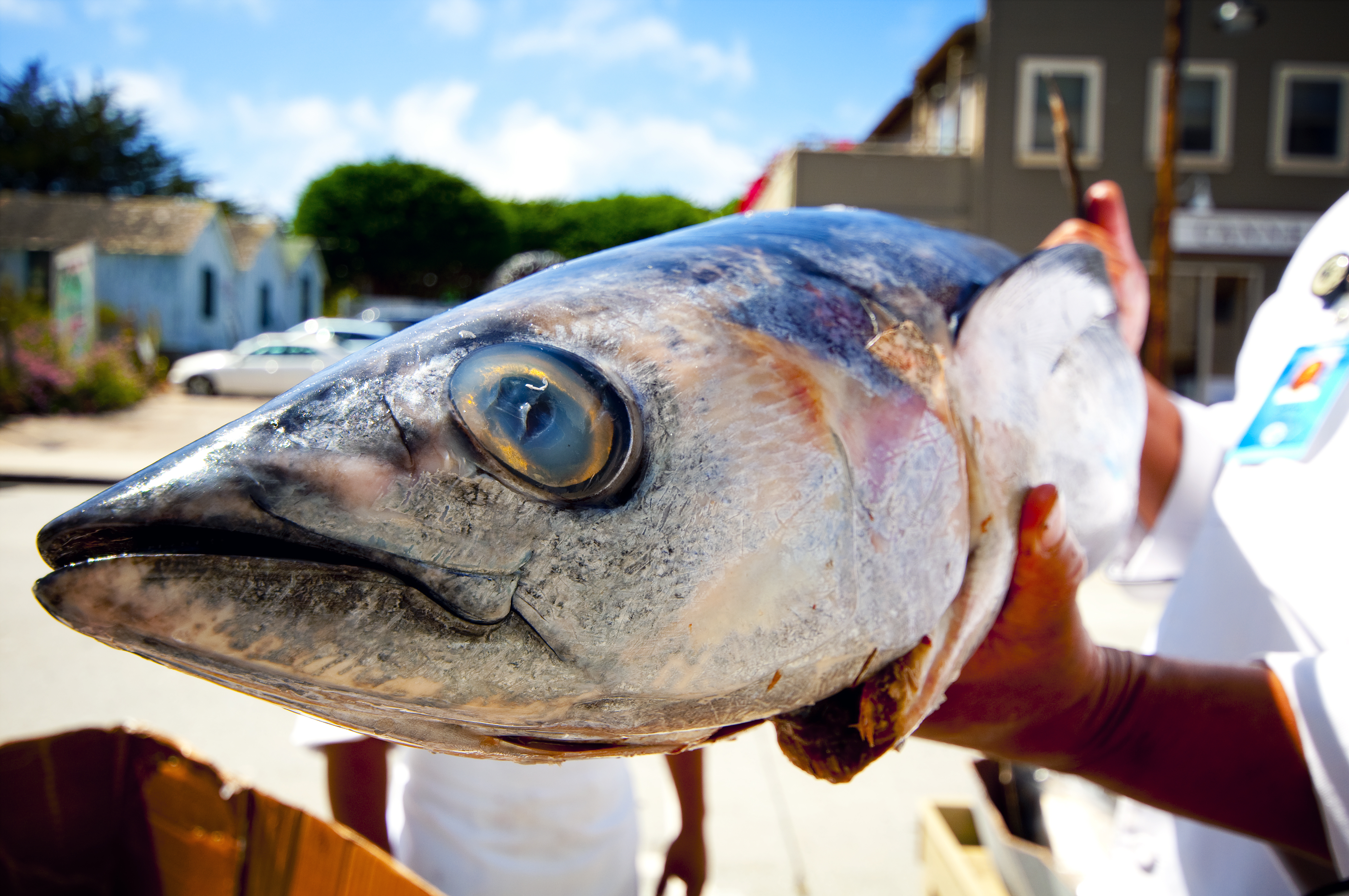
Self-explanatory. The eyeball of the giant tuna is sold in many Japanese grocery stores for the equivalent of one USD. Don’t forget to boil it before you eat it! We might also recommend salt.
Haggis (Scotland)
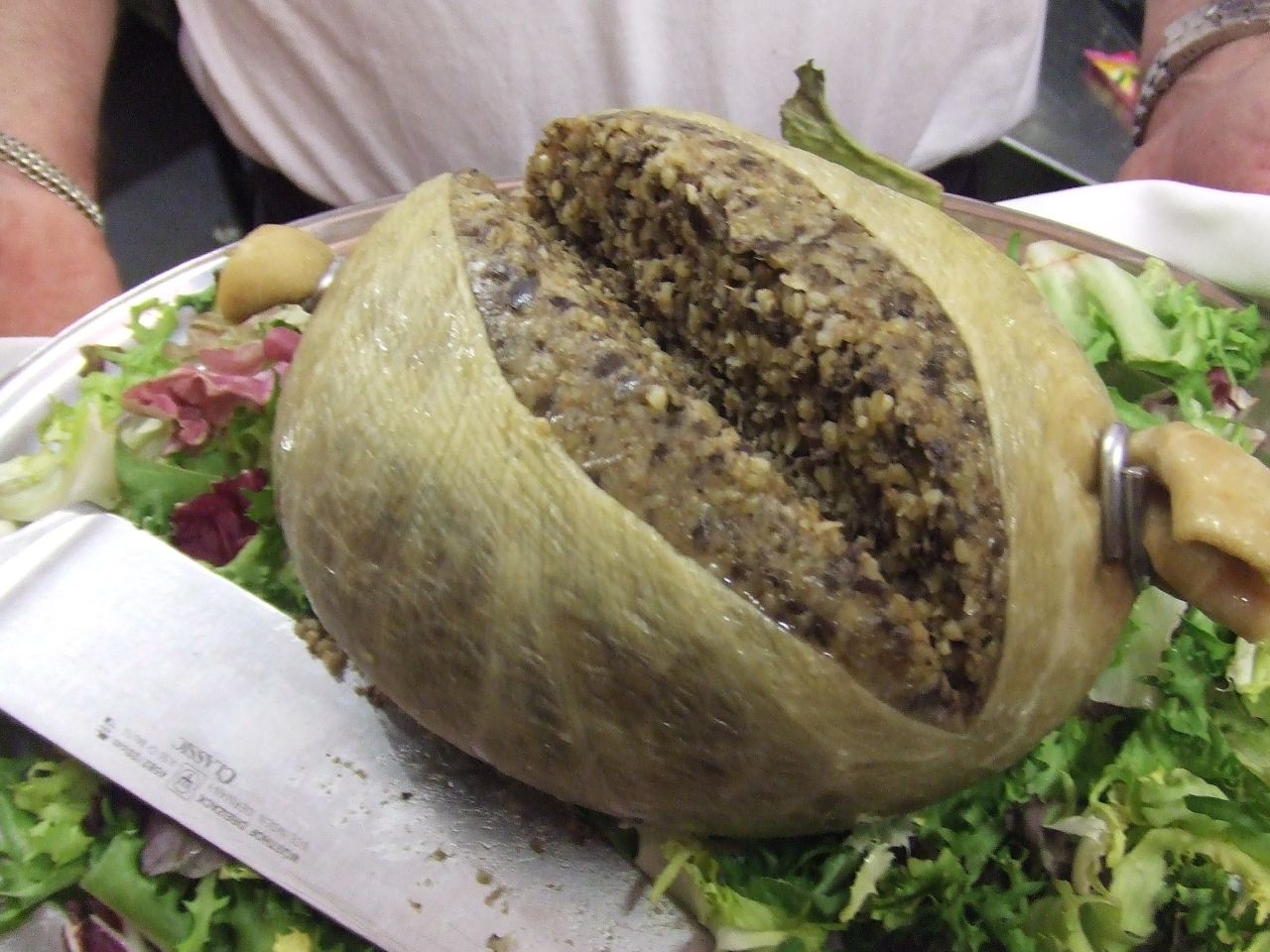
Oh, you know, it’s just a sheep’s heart, liver, and lungs boiled in its own stomach for three hours. Honestly, who thought of this?
Fugu (Japan)
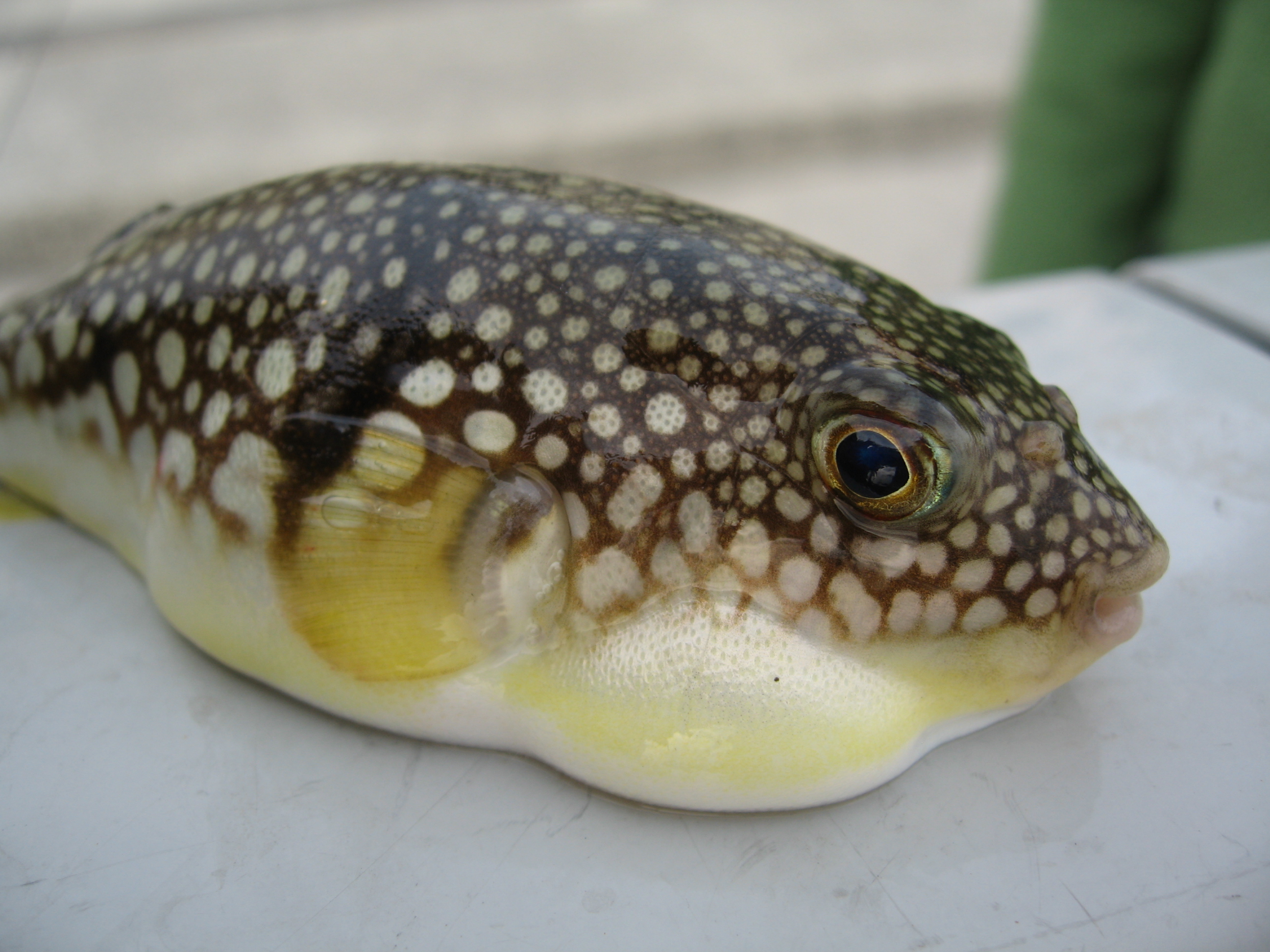
Translation: Japanese pufferfish. And yeah, they’re crazy poisonous. Only the most highly-trained, disciplined-to-a-T chefs in Japan are licensed to handle and prepare them – if they aren’t prepared right, you could be poisoned to death. Bon apetit!
Huitlacoche (Mexico)

Translation: corn smut. Yum! This corn kernel fungus is actually a culinary specialty, often added to dishes in Mexico to add a woody, earthy flavour.
Airag (Mongolia)

Translation: fermented horse milk. We’re not entirely sold on this whole love affair with fermentation (not horse milk, for that matter), but Mongolians make a type of beer out of the stuff. Slightly alcoholic, fizzy and sour, it’s traditionally served chilled.
Vegemite (England)
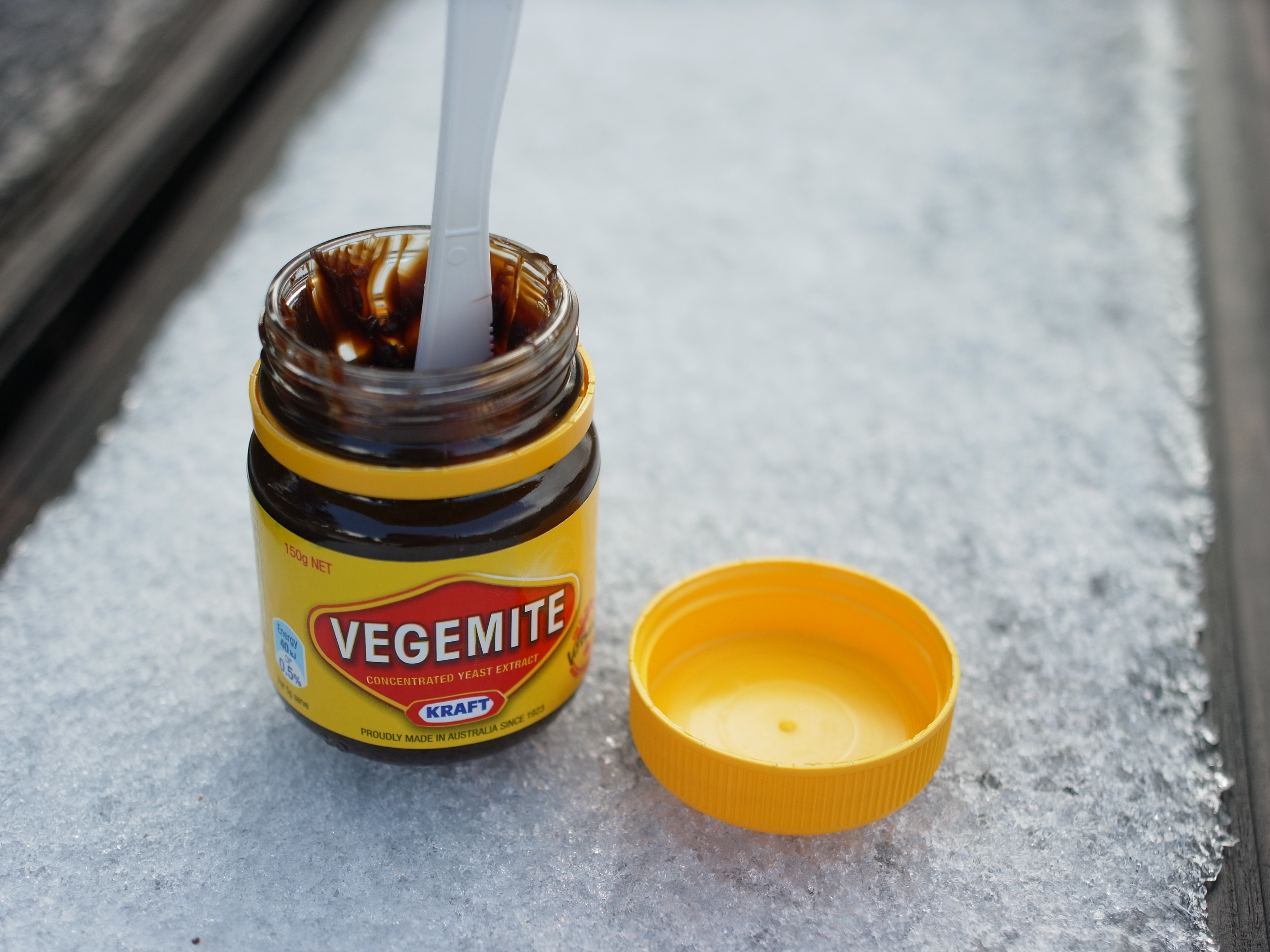
Of all the things on this list, you’re probably most familiar with this one. The Brits love this yeast extract, AKA the sludge from the bottom of a beer barrel, served either on toast (or sandwich) or paired with cheese. Love it or hate it.
Muktuk (Greenland)
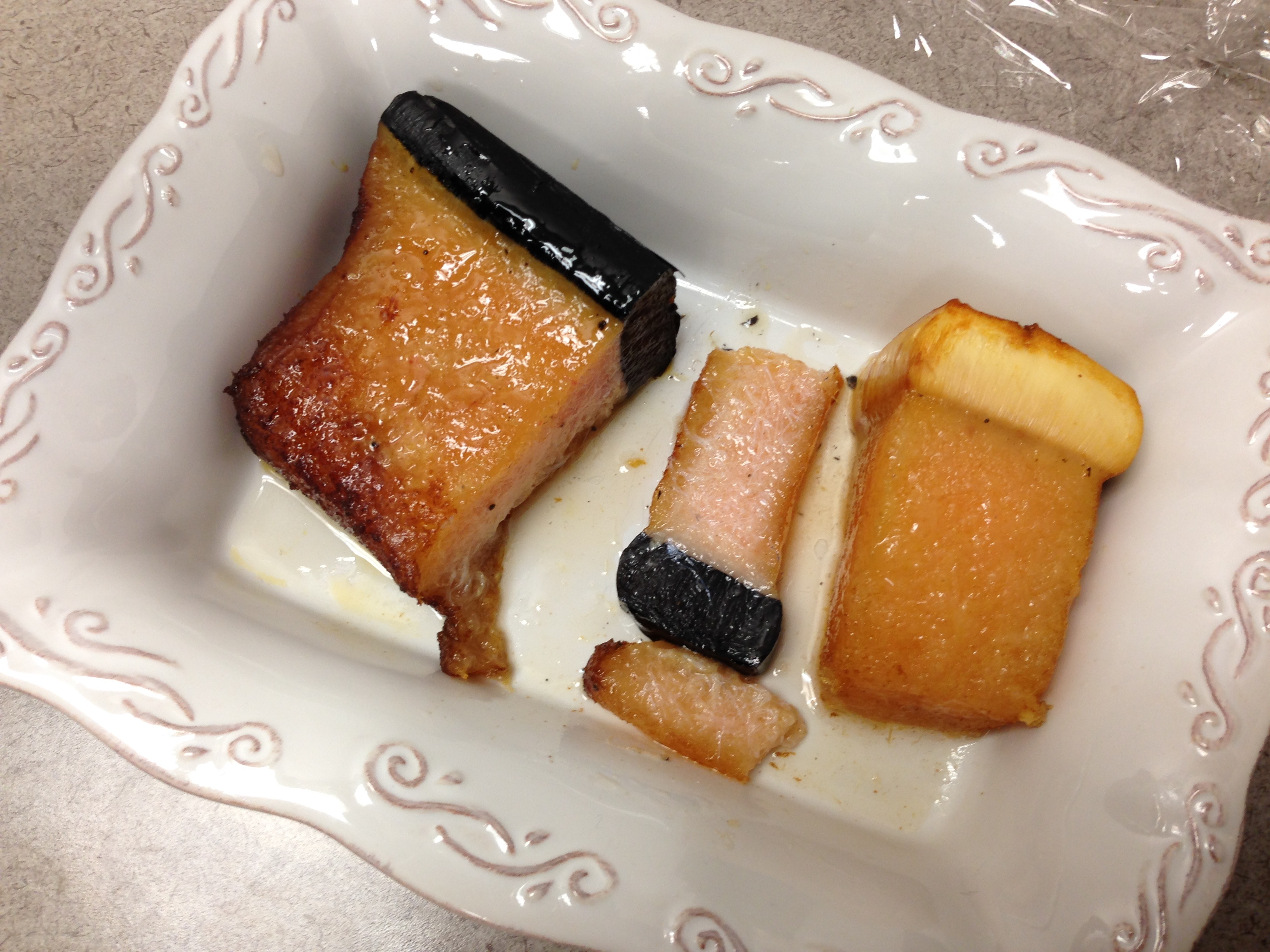
Translation: raw or pickled frozen whale skin and blubber. Also extremely chewy. Also not to be eaten with loose teeth or dentures.
Century Egg (China)
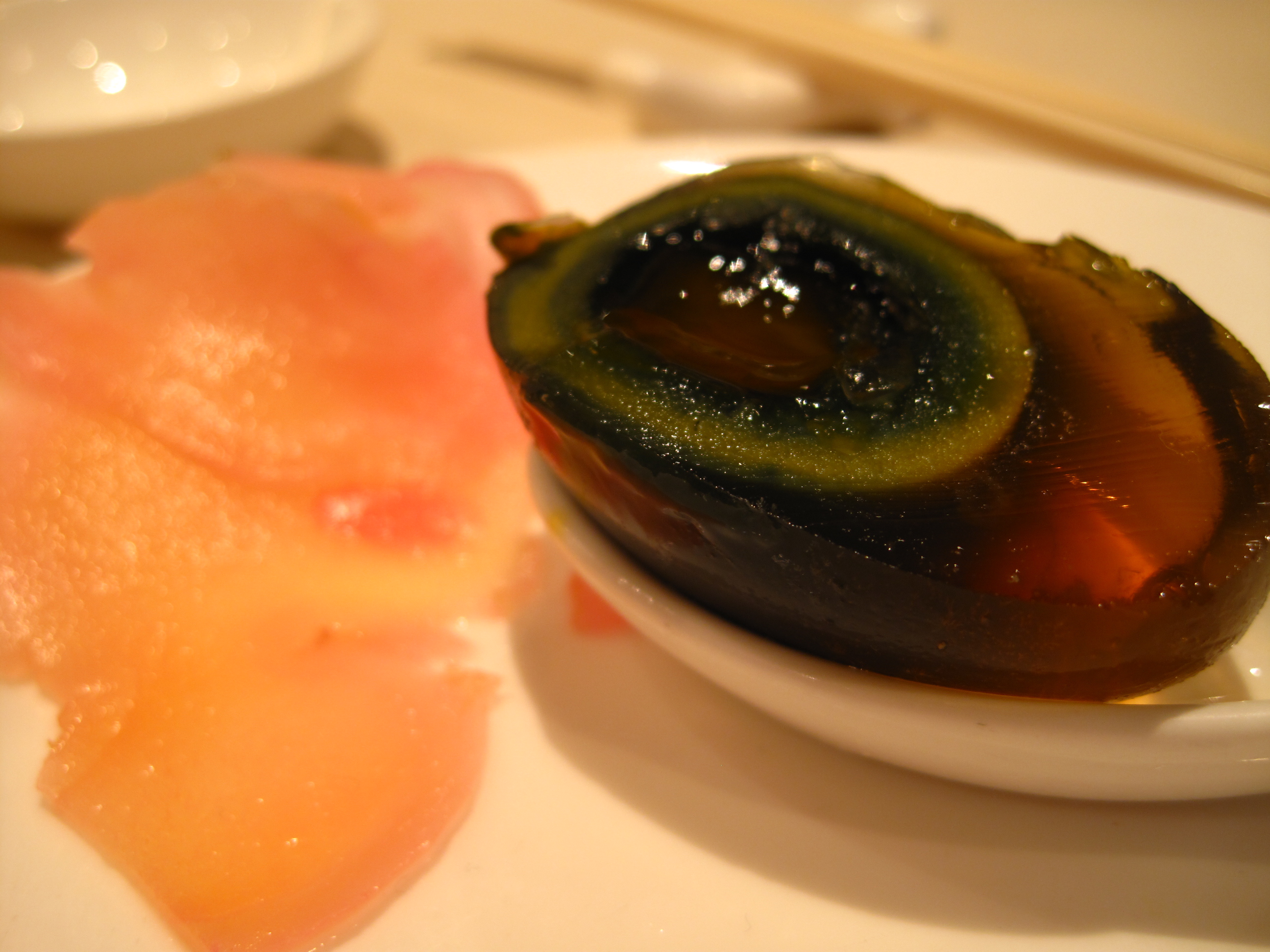
Translation: rotten egg. Not literally a century old (though it’s also referred to as a hundred or thousand year old egg), it’s an egg that’s been slowly rotting in clay, ash, and salt for months until its yolk is dark green and sulphuric. Dee-licious.
Salo (Ukraine)

Translation: pig fat. Instead of cutting off the fat and eating the meat…Ukrainians do the opposite. Traditionally, it’s cut into slabs, then smoked and left in a cool cellar for a year before it’s eaten thinly sliced atop rye bread.
Locusts (Israel)
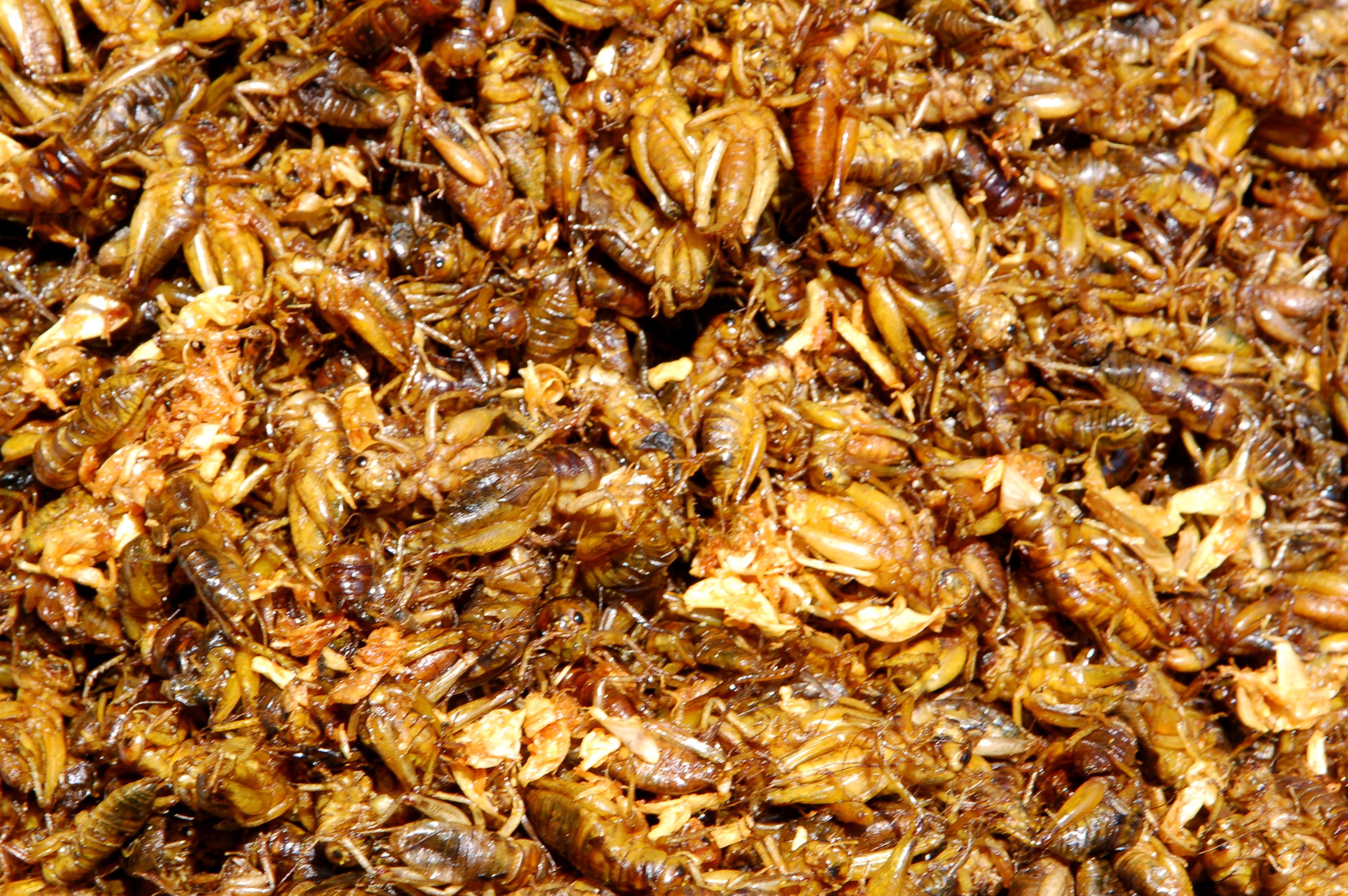
In a bizarre, ironic biblical twist, Israel has been plagued by locusts recently – so their solution has been to eat them. Especially deep-fried and smothered in chocolate.
Fried Tarantulas (Cambodia)

If you’re arachnophobic, skip this one. A regional delicacy in Cambodia, the hairy spiders are marinated in sugar and salt, then fried in garlic. Allegedly, they are meaty (more so than grasshoppers), but the abdomen contains brown sludge made of the spider’s innards, eggs, and excrement. Bon appetit.
Escamole (Mexico)
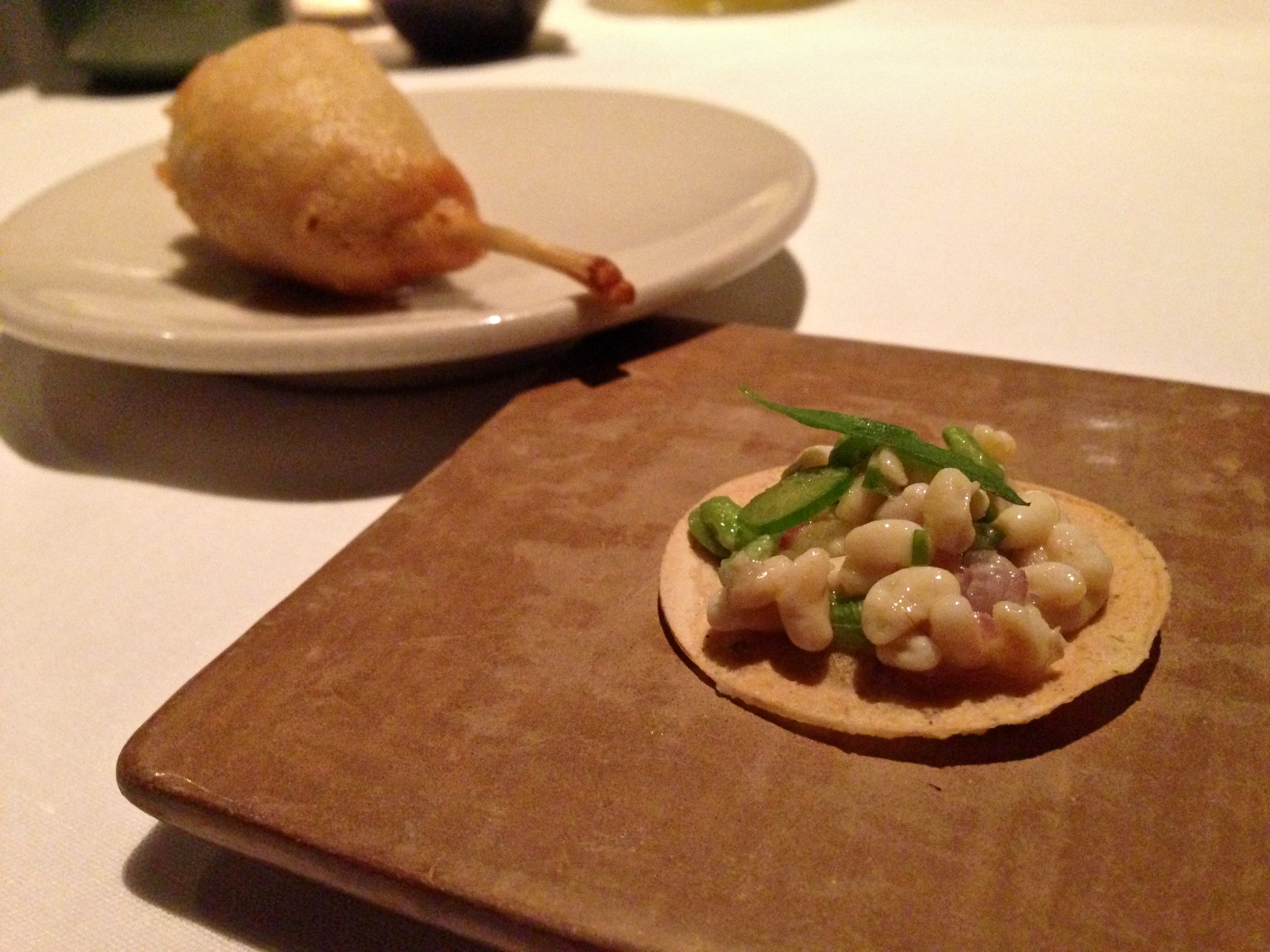
Translation: ant larvae harvested from the roots of the agave plant. They’re so loved in Mexico that they’re known as “insect caviar.” Mmm, fine dining.
Beondegi (Korea)
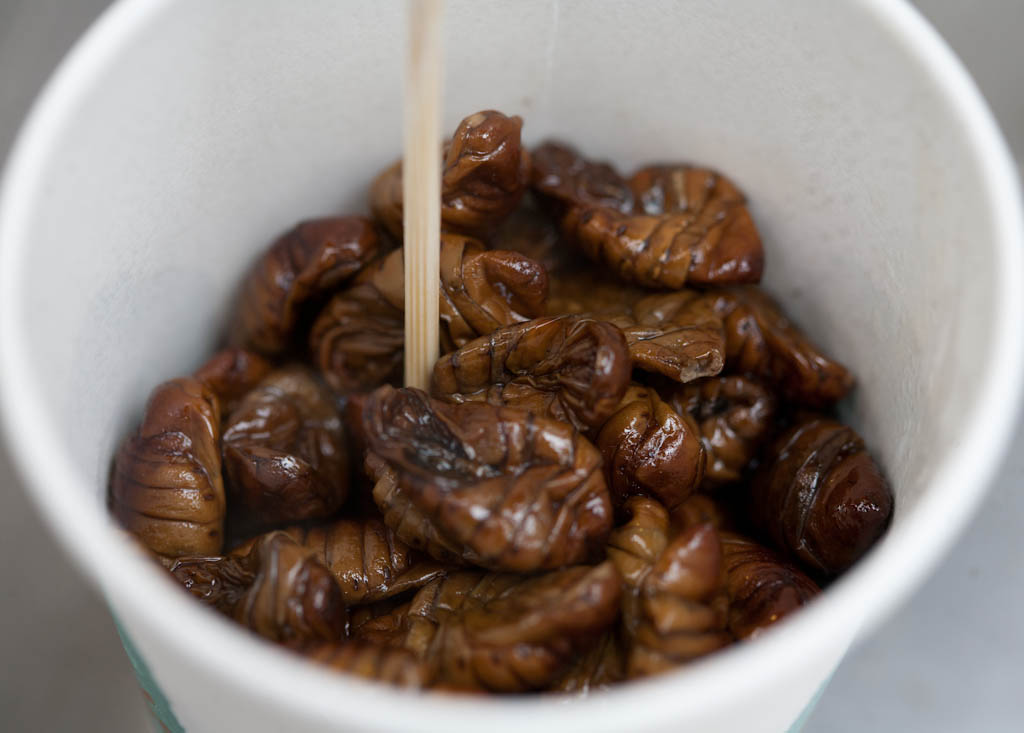
Translation: silkworm. Koreans love the stuff, usually boiled or steamed and served as a popular snack from street vendors all over the country.
Crocodile (Australia)

The meat is often tough, but if prepared correctly it’s a favorite meat of choice – especially in Australia. (Though served the world over.) Croc burger, anyone?
Kangaroo (Australia)
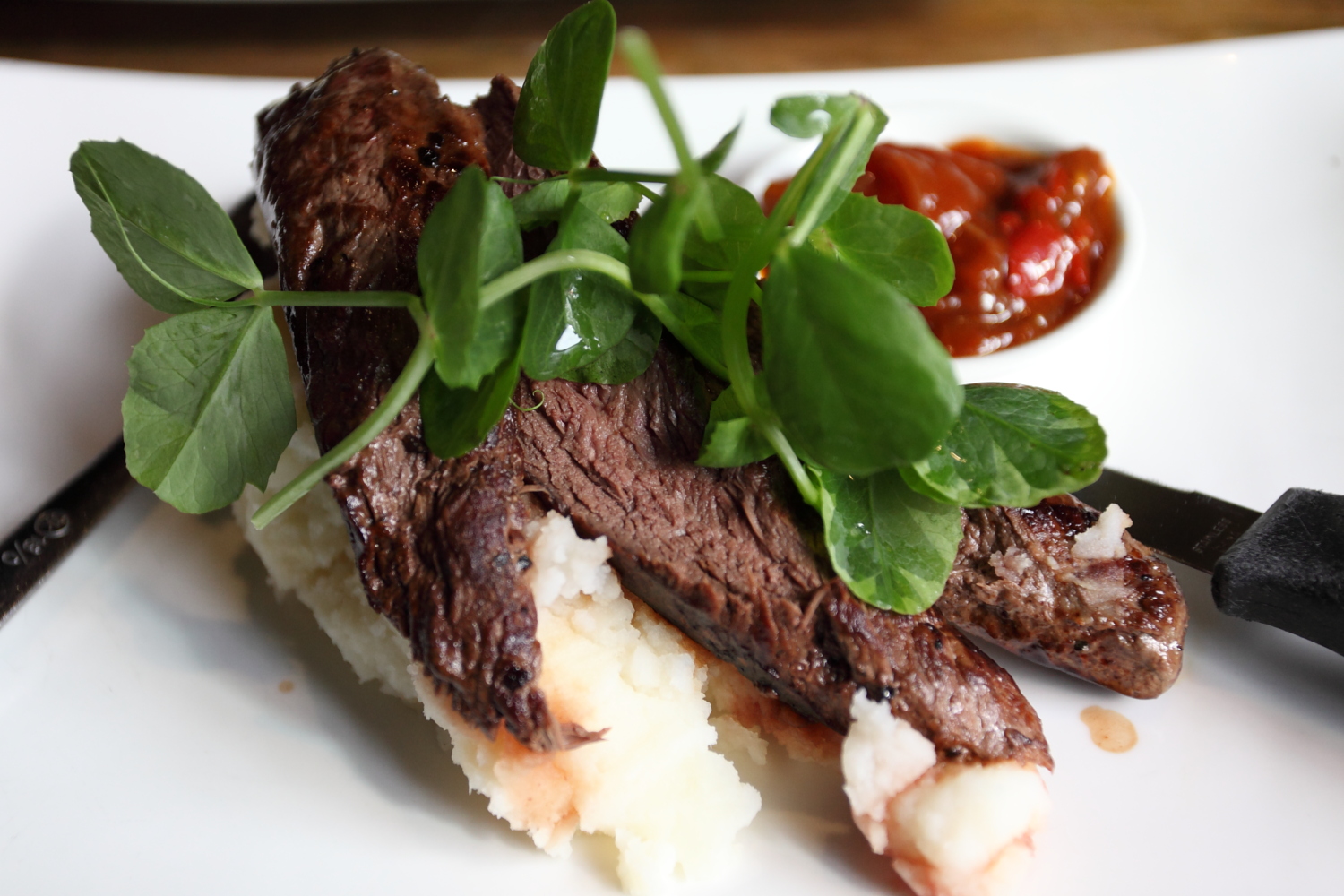
Australians brag that they’re the only people who eat their national mascot – kangas are hunted and their meat sold as a means of wild population control, but the meat is becoming more and more popular as a desired culinary dish.
Source: gogobot.com

